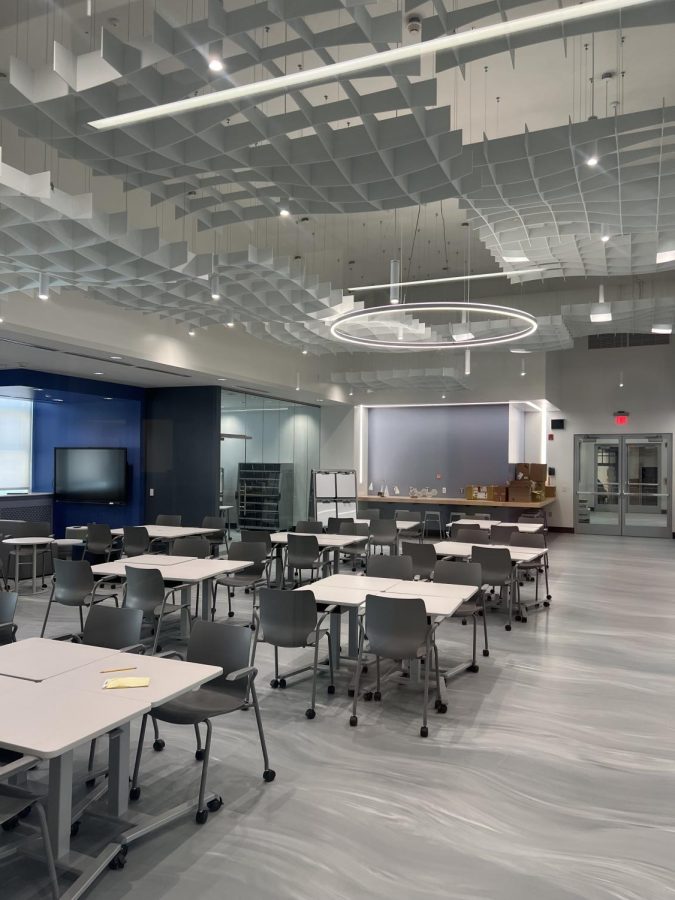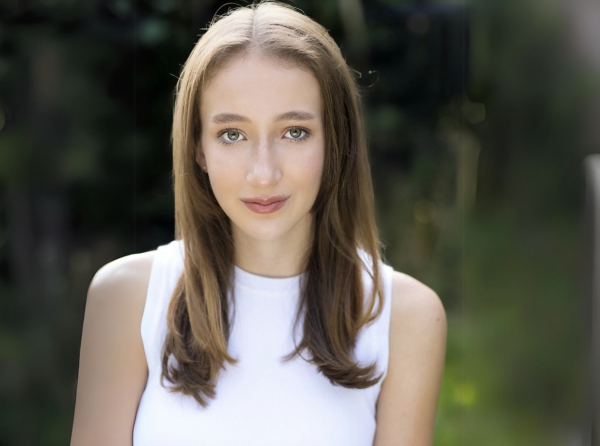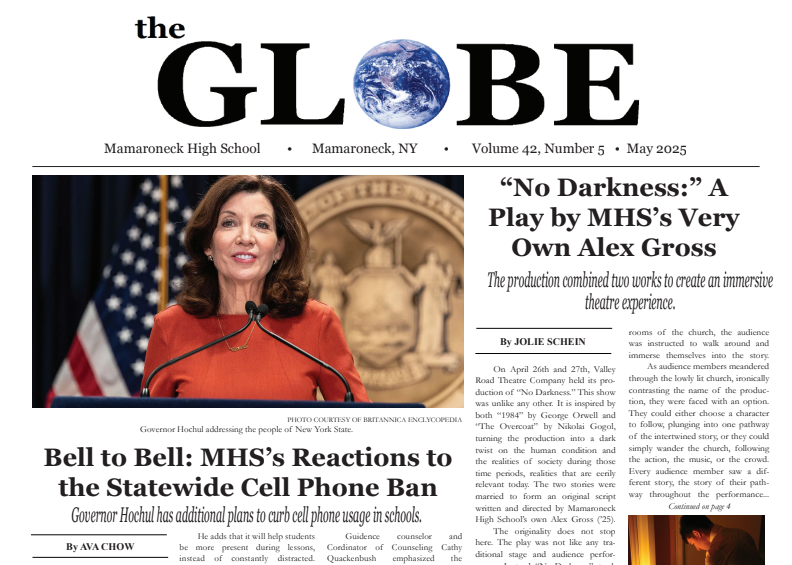More Security and Memorial Field: What School Budget Means for MHS Students
The new Collaborative Design Lab (CoLab) in the post building of Mamaroneck High School.
May 31, 2023
84% of the electorate voted to adopt the annual Mamaroneck Schools budget, proposed by Superintendent Robert Shaps and the Board of Education on May 16th. The Globe spoke to Dr. Shaps one week following the adoption of the budget to understand how specific changes and new goals, including an increase in security spending, expansion of the Boards of Cooperative Educational Services (BOCES) program at MHS, new STEM experiences, and planning for the future of Memorial Field, impact every day MHS students.
Security spending increased by 700,000 dollars for the 2023-2024 school year, accounting for 12% of the growth in the budget, the top category other than salaries or debt. While Shaps says that the increase can be attributed to the rise in cost of contracts for New York State public school security since the passing of the last budget, he also added that the new spending reflects the district’s interest in meeting the evolving safety needs of a modern Mamaroneck High School. Shaps emphasized, however, that it is important for “students to respect protocols that will keep everyone safe, and really follow them,” as this mutual cooperation is the only way to ensure MHS continues to thrive.
Another area of expansion in the 2023-2024 budget is funding for BOCES, which is a service maintained by the New York State Legislature that provides shared educational services to school districts in different regions of New York. District funding for students to participate in BOCES programs, specifically in occupational education, accounts for 7.2% of growth in the budget this year. Historically, “we’ve had somewhere between seven to 10 slots, [with] an interest of 28 or 30 students, but we have had to say [only] 10 of you can go,” stated Shaps. The district funds the tuition of MHS students who double enroll in the BOCES trade education program, so the $400,000 increase will allow twice the amount of interested students to attend BOCES programs.
One of two state of the art learning spaces opening to MHS students next year, the MHS CoLab is the most obvious example of the district’s priority to enhance STEM experiences district wide. The lab will host the Collaborative Design Lab elective for Senior and Junior Engineering, Computer Science, Architecture, and Design students, as well as the new STEAM Studio, a class that combines exposure to these electives for incoming Freshmen. Shaps says that the new structure functions similarly to PACE, where students rotate music, dance, and theater before focusing on one as a senior. The CoLab space serves the superintendents vision that elective experiences at MHS “don’t have to be linear,” and that rather than specializing in one elective all four years, students can benefit from an integrated approach where they explore design thinking processes from the lens of many disciplines, a knowledge base he described as “paramount” to “wherever they go in terms of their future.”
For community athletes, the 2023-2024 budget also established a fund to prepare the district for when Memorial Field needs new turf, which has a known “shelf life,” according to Shaps, who added the district has learned from past mistakes. Rather than waiting to add the price of a new turf to the budget all at once, Shaps proposed maintaining a capital reserve, so that “10 years from now, (instead of) saying, ‘we are going to have to raise the budget this much more because we need to replace [the turf], we are saying, we know we are going to need to replace it, [so we] should set aside money.”
This new budget will allow for the continuous improvement in all aspects of MHS, and hopefully improve every student’s daily experience.







